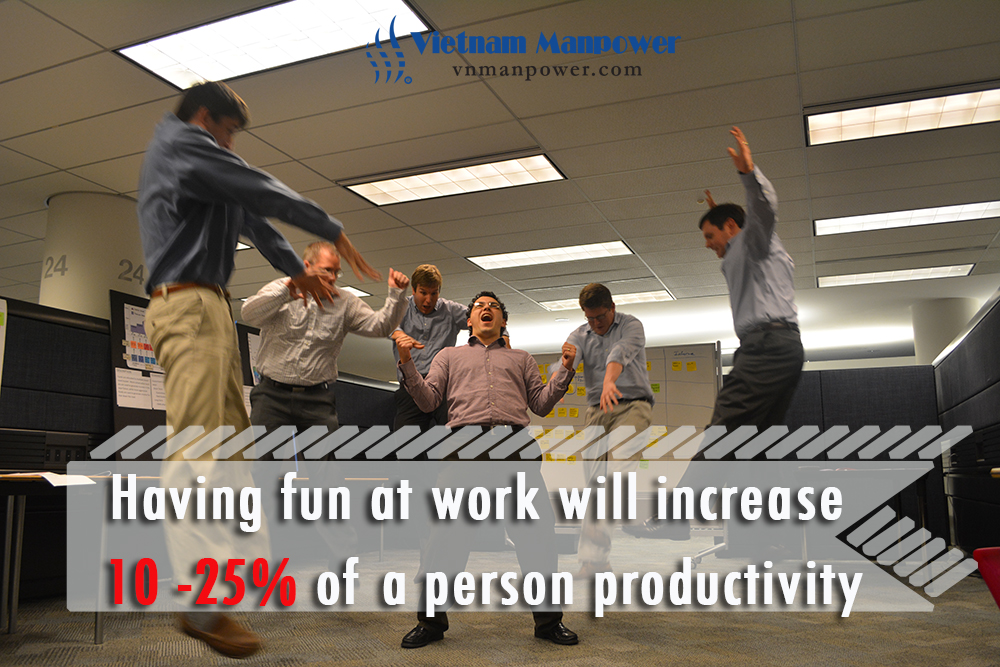Employee happiness is becoming the most concerned issue raised by employers and HR professionals. So, how do you define and measure employee happiness? As far as I know, there is no clear definition of employee happiness. Happiness often refers to personal feeling; therefore it’s hard to measure. However, periodical surveys with measurable questionnaires can indicate quite reliably how much employees feel happy at work.
Employee satisfaction vs. employee happiness

Employee satisfaction is the level of employee’s contentment and happiness with their work, organizational culture, environment and compensation. In other words, employee satisfaction is affected by organization, while employee happiness requires happiness in personal life as well. An ideal job and work condition and can guarantee job satisfaction but how employees think and enjoy their work is the factor to bring happiness at work. There is always a relation between employee happiness and productivity. A recent study by the University of Warwick and the Institute for the Study of Labor showed that happy employees are 12 percent more productive, while unhappiness leads to 10% decrease in productivity.
Employee happiness vs. employee engagement

Most mangers get confused about these two terms. Employee happiness and employee engagement is not the same thing but they are related to each other. A happy employee may be not an engaged one and vice versa. Employee engagement is the emotional commitment of employee to an organization. A happy culture with flexible time, open office concept, and friendly coworkers can make employees happy and satisfy with their job, but it’s not enough.
According to a report from Deloitte, 88% of employees do not have passion for their work and never contribute their full potential. To get employees really engaged, companies need to align employee with corporate core values to achieve the common goals. It will make your employees feel proud of what they are doing and have a sense of achievement when completing the work. Values-based recognition and personal growth are crucial to boost employee engagement.
What really matters?

There are always close links among employee satisfaction, happiness and engagement. Happiness at work is a function of employee satisfaction and engagement. Understanding the key drivers of those three is the most crucial thing to foster your business. The actions can vary from organization to organization, but keep in mind that employees are the most valuable asset of your company. Rather than trying new program to make your employee happy in your point of view, listening to employees’ needs and feedbacks is a wiser approach to empower your employees to achieve the bottom line.












Replies to This Discussion